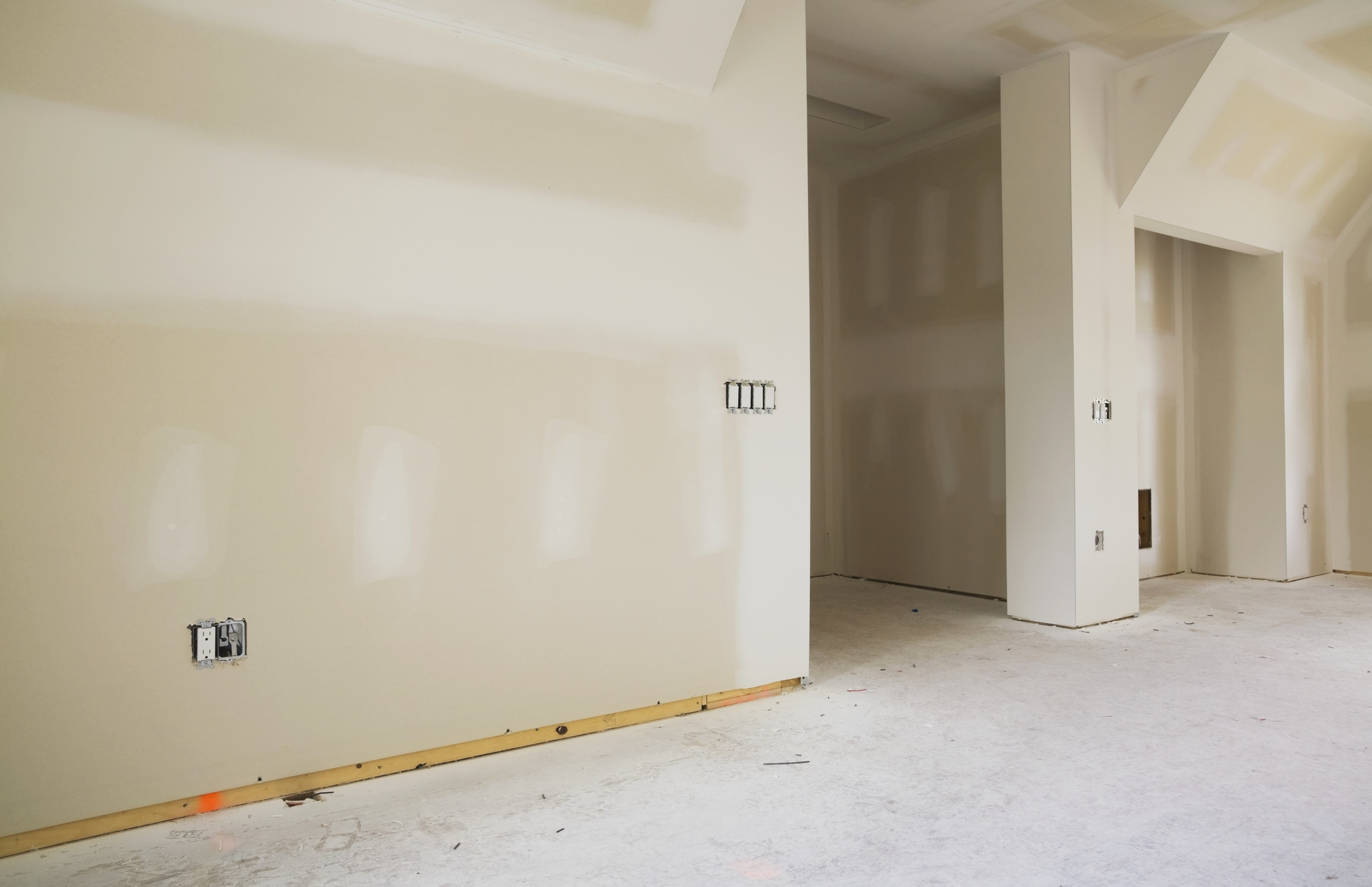

Your basement is an untapped space. Since your whole family is home more, why not put it to good use? Imagine, a place for virtual learning, a home for the grandparents, or a big game room for the kids to get the wiggles out, could be a swing of a hammer away. For expert advice on making your dream space come true, we consulted with experts in the home remodeling field with decades of experience. Consider their favorite tips for finishing a basement before you start drawing up the plans.
- See also: How to finish a basement on a budget
Check for radon
Whether you’re remodeling or not, checking for this cancer-causing gas is a good idea.
“I would consider having the basement checked for radon. Here in Maine, it is very common to have a radon mitigation system installed.” —Rick Spencer, partner at KBA of New England with over 30 years’ experience in the building industry
Waterproof the space
Before finishing a basement, make sure the space is clean and dry. Waterproofing should be a top priority. Start outside, diverting all water away from the foundation. Then, follow these two tips for the interior.
“No matter what you do condensation is possible. “Air moves everywhere. … We set our sheetrock 1.5 inches above the floor so it can not wick moisture. We also install a fan on a humidistat that moves air behind the sheetrock. if any condensation occurs it will be blown out and taken care of by a dehumidifier. This system has worked very well for us.” —John Sheridan, contractor foreman with M&A Architectural Preservation in Lawrence, Massachusetts
Install a back-up sump pump
“A battery back-up or a gravity back-up system is a good choice when you don’t have an alternative power source in case of an outage.” —Alan Archuleta, president Archuleta Builders, Morristown, New Jersey
Fireproof the basement
To keep fires from spreading throughout the home, stop them in their tracks by applying the right materials in the right places.
“Fireproofing the ceiling from the rest of the home is important. Most local codes now require a one-hour rating between the basement and home. If drywall or a suspended ceiling system is being installed on the ceiling you’ll need to take that into consideration. The area between the walls and ceiling must be fire blocked to prevent any chimney effect.” —David Smith, CEO of Delavue Management, an estimating and consulting firm for both commercial and residential construction
Soundproof for a more comfortable basement
If you’re creating a playroom or another residence you definitely don’t want to hear everything going on down there. Make sure to provide soundproofing.
“Where noise transmission is a concern between floors, place batt insulation and attach drywall to resilient channels beneath the floor joists.” —John Dorlini, architect and certified interior designer with Circle Design Studio, Roanoke, Virginia
Create proper areas of egress
Residential building codes require certain points of egress in living spaces for emergency situations. Avoid entrapment by making sure to have adequately-sized ways of escape.
“If the basement will be used for any bedroom area there must be an egress window or door leading outside. It’s a good idea to have an easy way to escape in an emergency no matter what the use. There are many window well products available...to install if there is no existing exit.” —David Smith, CEO of Delavue Management in Sicklerville, New Jersey
- See also: Remodeling basement costs
Leave room for maintenance and repairs
Before building walls, measure how much room you’ll need for getting mechanicals and HVAC equipment in and out. Having to take an old furnace apart to remove it, or to install a new one in pieces is time-consuming and increases the cost of labor.
“Leave adequate space around your mechanical equipment, like the hot water heater or furnace, for maintenance and replacement, in case that becomes necessary.” —Josh Beisley, estimator with Building Specialists, Inc. in Virginia
Understand basement building codes
Renovating a basement on the sly to avoid the cost of permitting can backfire on you if something goes wrong. Make sure to follow all residential building codes.
“Because a basement is the least invasive renovation project and largely unnoticeable, you may be tempted to not pull a permit. Building and zoning regulations are in place for a reason. You want to secure that permit and have the inspection to make sure what you’re doing is safe.” —Jimmy Dollman, principal of Dollman Construction in Roanoke, Virginia
Consider a basement HVAC zone
Don’t think that just because the basement temperature always felt perfect on occasional visits to switch the laundry that it will feel the same way to someone living there full-time.
“If the basement will be conditioned by the ducts serving the floor above, be prepared for a huge temperature difference between levels. It would be better to have a basement on its own zone.” —John Dorlini, architect and certified interior designer for over 30 years
- Turning your basement into an in-law suite? Check out our guide to converting a basement into an apartment
Make your basement accessible
Whether you need it now or not, creating an accessible space is never a waste of resources. Planning for the future now will save money in the long run.
“Remodeling your basement is a great opportunity to include a universal design. It will give the maximum flexibility and use for any age and disability and can include everything from a non-threshold shower and lower kitchen cabinets to contrasting flooring colors for the sight-impaired. Because you never know what might happen.” —Jimmy Dollman, design-builder for more than 25 years
Create more warmth through the floor
This tip doesn’t just keep moisture out of the flooring material but provides added warmth and softness to the floor.
"To keep your floor dry, warm, and comfortable, install DRIcore Subfloor panels. Specifically designed for basements, this subfloor system creates an air gap between the cold, damp concrete and the flooring product, creating a warmer, dryer, more comfortable basement floor." —Alan Archuleta, president Archuleta Builders, since 2008
Add extra light
Basements are dark by nature. Make sure to add enough strategically-placed artificial light in your design.
“Because there’s limited natural light, go overboard with lighting. Create multiple lighting zones to define different spaces in the room as well as having dimmable recessed lighting throughout.” —Josh Beisley, estimator with Building Specialists, Inc. in Virginia
Hack your heating in old homes
If you’re not worried about having a separate thermostat for the basement, this trick will heat the space without the added expense of installing a separate unit.
“If you live in an older home with a steam radiator style heat system, remove the insulation from those hot water pipes in the basement ceiling, paint them white to match the drywall you’ll install above the pipes, and you have heat for your basement.” —Alan Archuleta, 2nd Vice-Chair, National Association of Home Builders
.
Have we whet your remodeling appetite? Great! Now it’s time to find a reputable contractor near you. And that job is as easy as asking friends. Or, use our Find a Builder Guide. Once you find a few who service your neighborhood, read their reviews, check their licenses and insurance, and then call for estimates. It’s that easy
Join our newsletter
Get small space home decor ideas, celeb inspiration, DIY tips and more, straight to your inbox!
Carol J. Alexander writes website copy, blog posts, and feature articles on home remodeling and construction topics from her home in the Shenandoah Valley of Virginia. In addition to Real Homes, notable clients include, This Old House, Family Handyman, and Florida Roofing magazine.
-
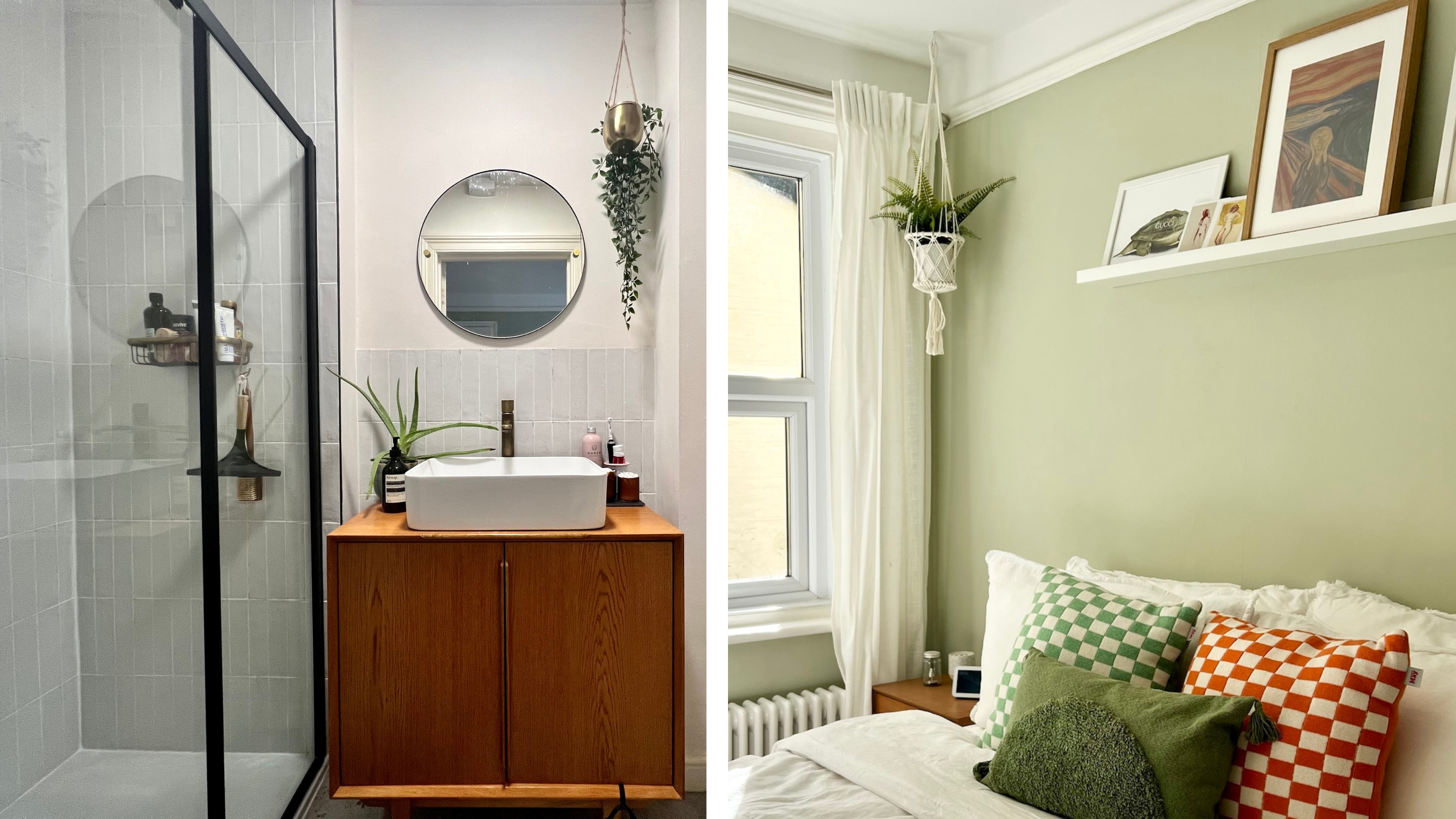 My first apartment makeover: 5 renovation mistakes I learned the hard way, and how you can avoid them
My first apartment makeover: 5 renovation mistakes I learned the hard way, and how you can avoid themThese are 5 things to avoid in your apartment makeover. Trust me, I learned these the hard way during my first renovation project
By Luisa Rossi Published
-
 Share your small space glow up to win $150 in the Real Homes competition
Share your small space glow up to win $150 in the Real Homes competitionShow off your creativity and DIY skills to win $150 and for the chance to be featured exclusively in Real Homes magazine
By Camille Dubuis-Welch Last updated
-
 My DIY range hood and backsplash build gave my kitchen the perfect farmhouse finish
My DIY range hood and backsplash build gave my kitchen the perfect farmhouse finishI craved charm in my kitchen space and adding a custom range hood and shelving was the best move.
By Brooke Waite Published
-
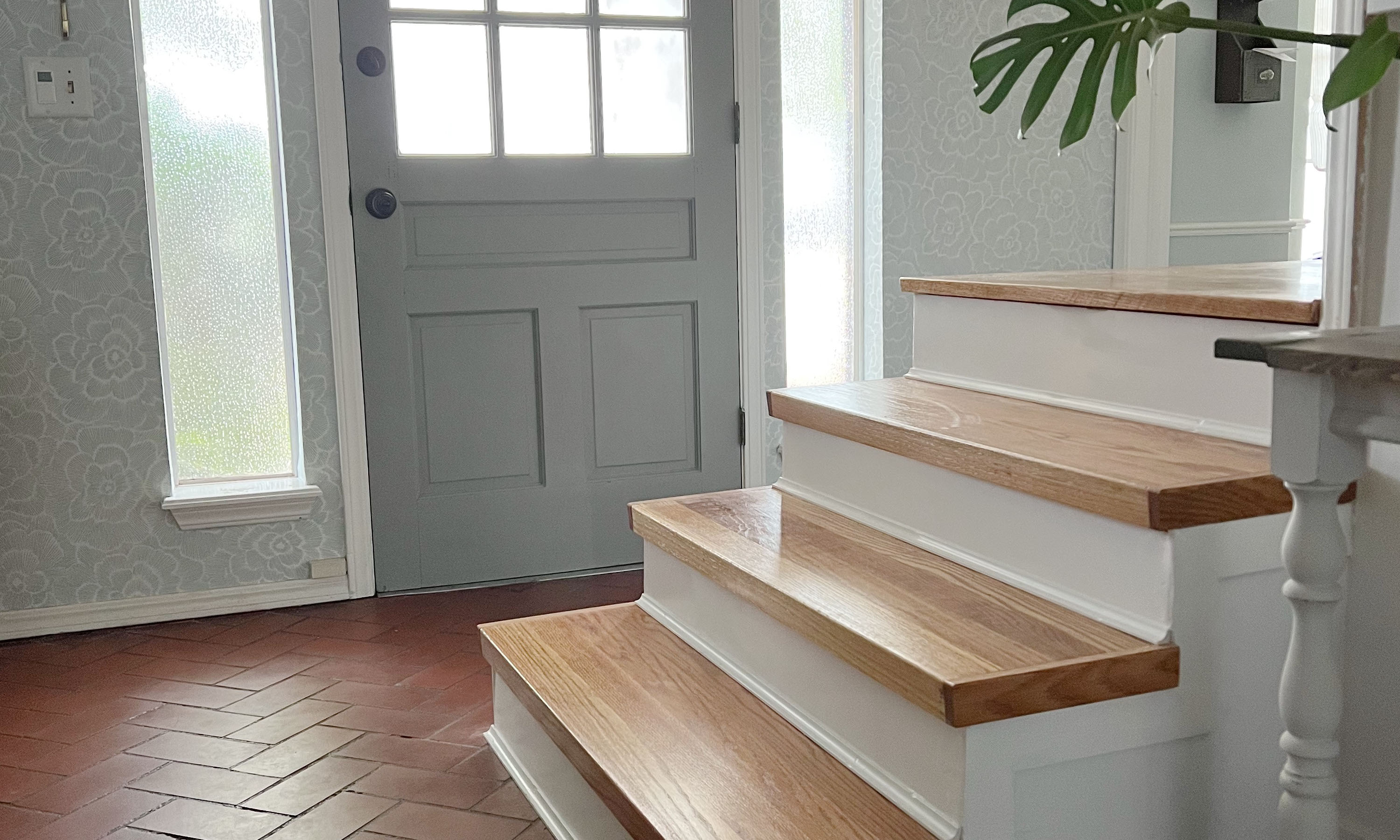 How to convert carpeted stairs to wood treads: a 5-step DIY
How to convert carpeted stairs to wood treads: a 5-step DIYConvert old worn-out carpeted stairs to wood treads DIY for a beautiful finish that will last for years to come. Plus, this stair riser project will cost a fraction of the price to pay a pro!
By Dori Turner Published
-
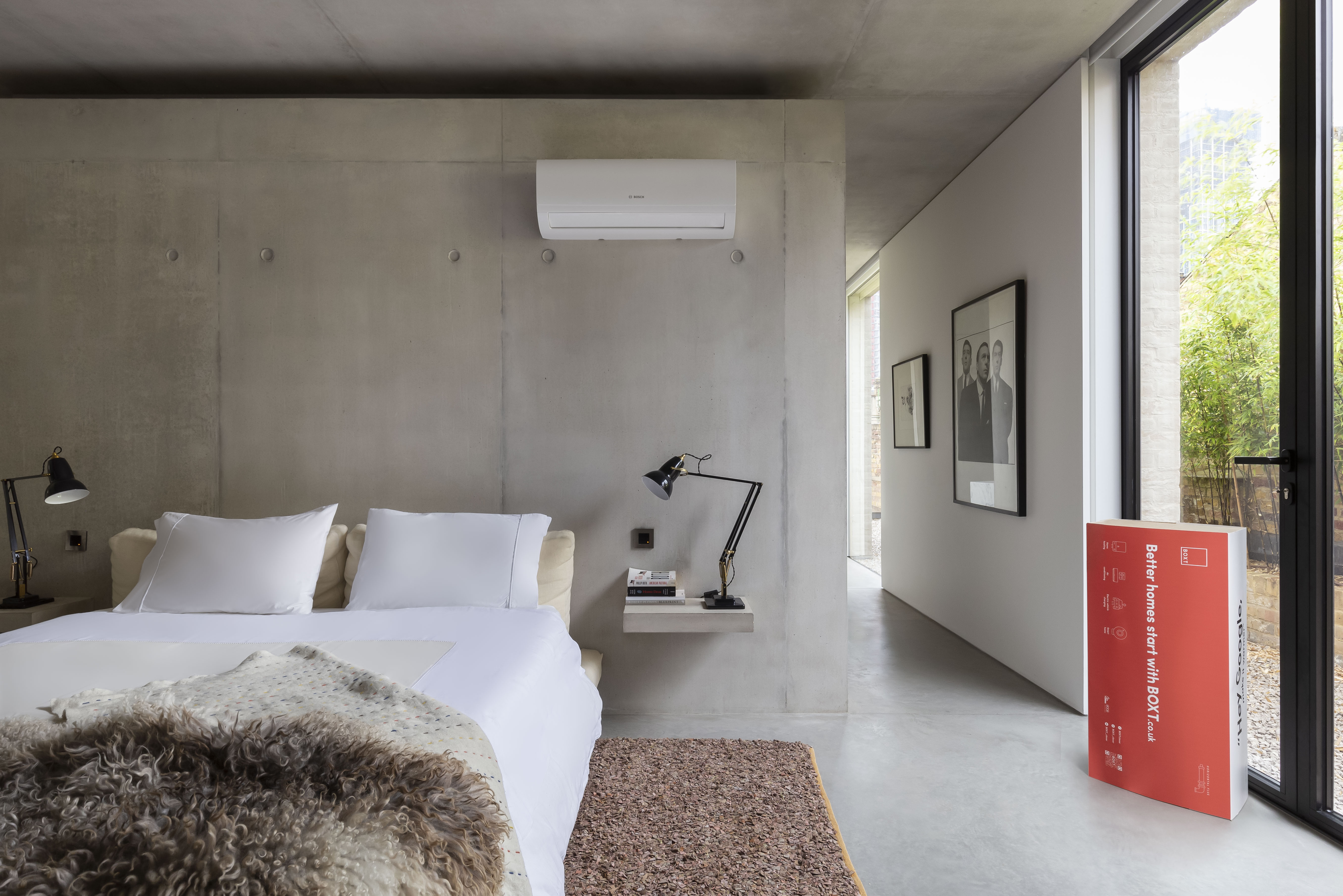 AC not working? Here are 8 things to check ASAP according to industry experts
AC not working? Here are 8 things to check ASAP according to industry expertsYour AC may not be working because the filter is clogged or you've got a tripped circuit breaker. Whatever the issue, getting to the root of the problem will lead to quicker solutions
By Camille Dubuis-Welch Published
-
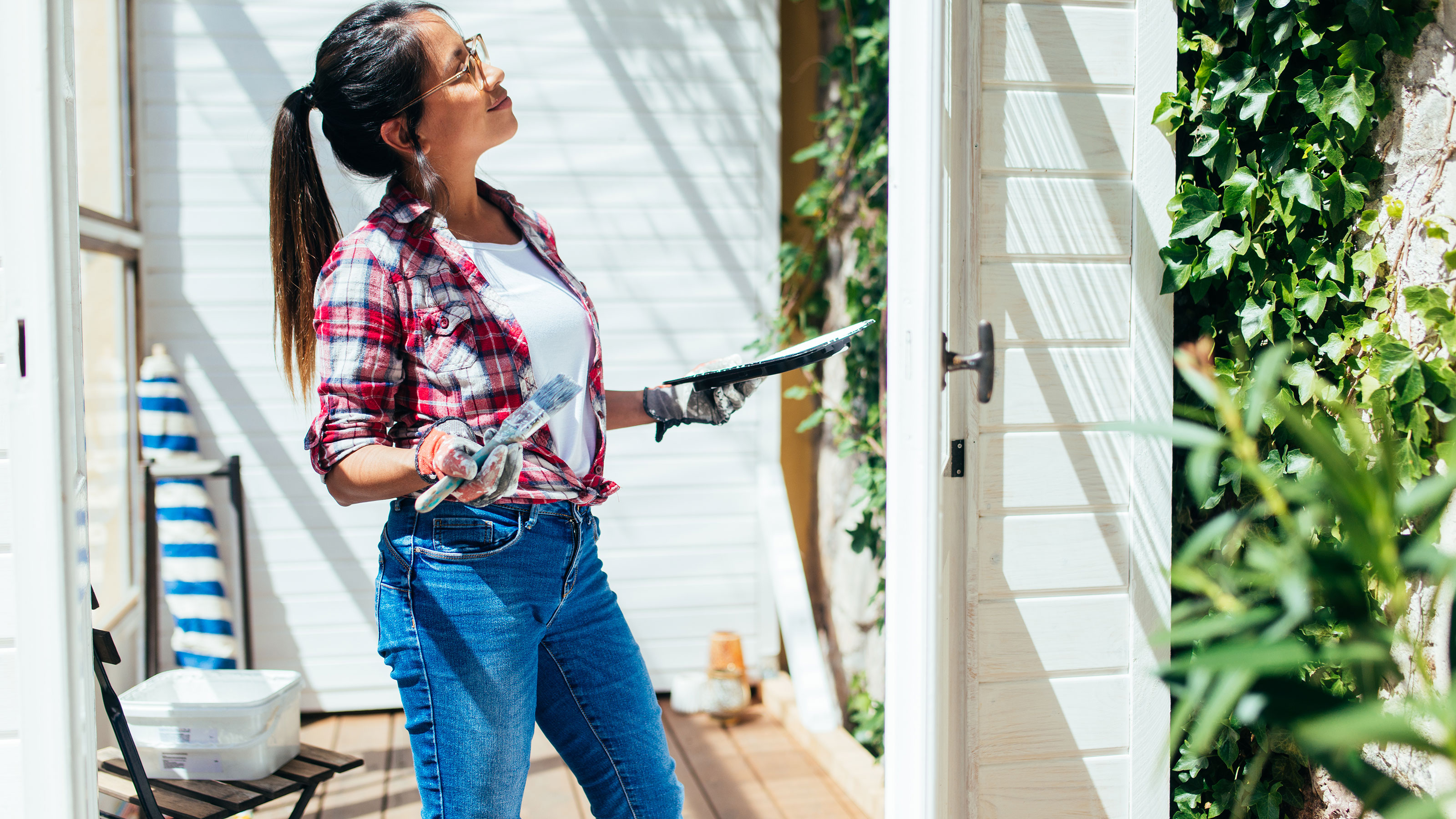 3 DIYs you should NOT do in a heatwave
3 DIYs you should NOT do in a heatwaveYou shouldn't clean windows on a hot day, you just shouldn't
By Camille Dubuis-Welch Last updated
-
 HGTV home renovator shares the most essential home repair you can do
HGTV home renovator shares the most essential home repair you can doHGTV's hottest renovator Carmine Sabatella debunks why this basic home maintenance job should not be forgotten
By Camille Dubuis-Welch Last updated
-
 15 telltale signs you're dealing with a cowboy builder and how to avoid them
15 telltale signs you're dealing with a cowboy builder and how to avoid themA cowboy builder is easy to spot, when you know the telltale signs. Here's how to avoid one so you don't end up out of pocket with a poor or even unfinished home reno job
By Lucy Searle Last updated